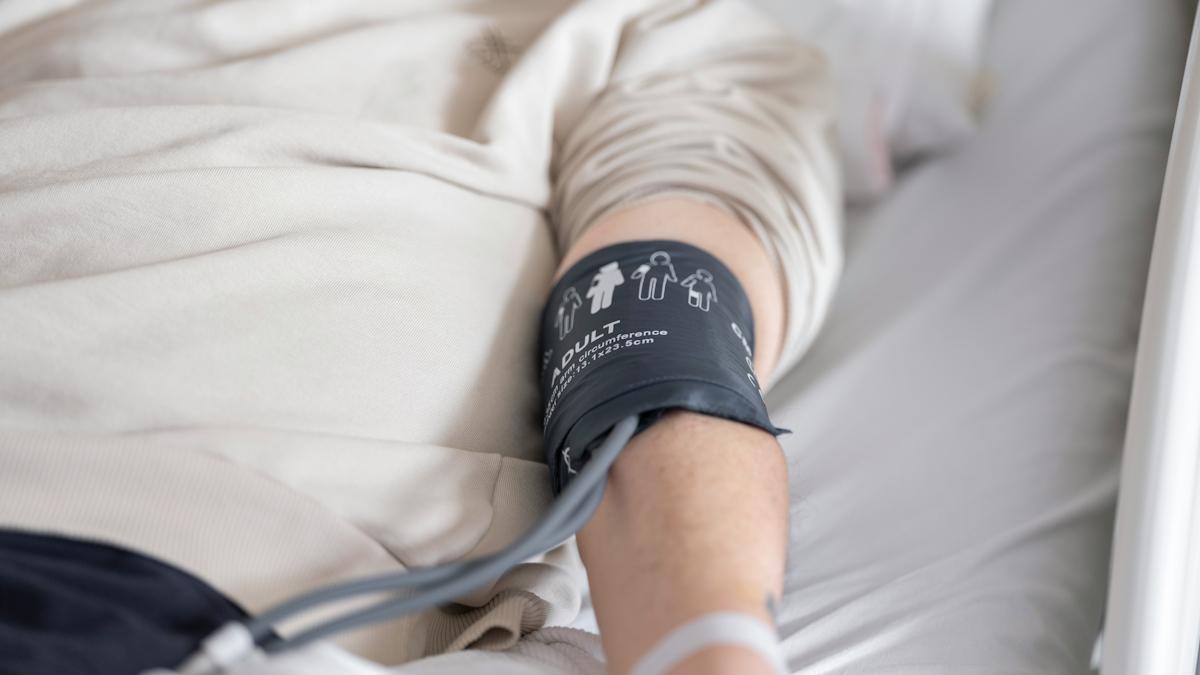NICE’s new cholesterol guidance looks beyond statins

NICE has set a new target for cholesterol levels in people who have had a heart attack or stroke to reduce the risk of them having another, encouraging the use of additional therapies if statins alone are not sufficient.
The final guidance recommends that in these individuals clinicians “consider additional treatments, following a conversation on the risks and benefits with the patient,” said the health technology assessment (HTA) agency. Additional treatments could include cholesterol absorption inhibitor ezetimibe or PCSK9 inhibitors like Amgen’s Repatha (evolocumab) or Sanofi’s Praluent (alirocumab).
It now recommends that doctors aim to keep patients’ LDL cholesterol (LDL-c) levels at 2.0 mmol per litre or less, or non-HDL cholesterol (HDL-c) levels at 2.6 mmol per litre or less for secondary prevention of cardiovascular (CV) disease.
It is the first time that NICE has set a target for cholesterol levels in secondary prevention of cardiovascular disease, and the agency that the recommendations could affect up to 2.1 million people. It estimates that up to 145,000 heart attacks, strokes, and premature deaths could be prevented over the next decade if people’s cholesterol levels were lowered.
Earlier this year, NICE also introduced guidance to encourage the use of statins, lowering the threshold for prescribing these drugs to a patient to below the previous 10% or greater risk over 10 years of a CV event, as long as there has been a discussion about the pros and cons of statin therapy.
The new guidance has already been criticised for not going far enough, however, with one expert - Professor Kausik Ray of Imperial College London – saying the threshold is set higher than other organisations, including the American Heart Association (AHA) and European Society of Cardiology (ESC).
Ray, who is professor of public health and deputy director of the Imperial Clinical Trials Unit, said most major guidelines recommend a threshold of 1.18 mmol/L or ideally < 1.4mmol/L for LDL-c, which is equivalent to non-HDL-c of 2.6 mmol/L or 2.2 mmol/L.
“The NHS pathways recommend also <1.8 mmol/L, so we hope this does not cause confusion, especially in primary care,” he added, noting that an LDL-c of 2.0 equates to a non-HDL-C of 2.8mmol/L.
“The key here is even if we aim for <2.0mmol/L (a good thing) this means we need to use combination therapies like blood pressure lowering does,” said Ray.
“The models used all-cause mortality, rather than CV death, so the cost effectiveness threshold of 2.0 may actually be incorrect and likely underestimates the benefit than if CV death were used,” he appointed out. “This is because LDL-c correlates better with CV death than deaths from all causes, which include non-CV deaths.”
NICE has said the higher LDL cholesterol target is based on the cost-effectiveness of treatment escalation, and because it was more affordable would be more likely to be implemented in practice. It anticipates that increased drug costs to the NHS would be offset by savings afforded by a reduction in CV events.
“We are focused on providing useful and useable guidance for healthcare practitioners to help them and their patients make informed choices about their long-term healthcare,” said Professor Jonathan Benger, NICE’s chief medical officer.












